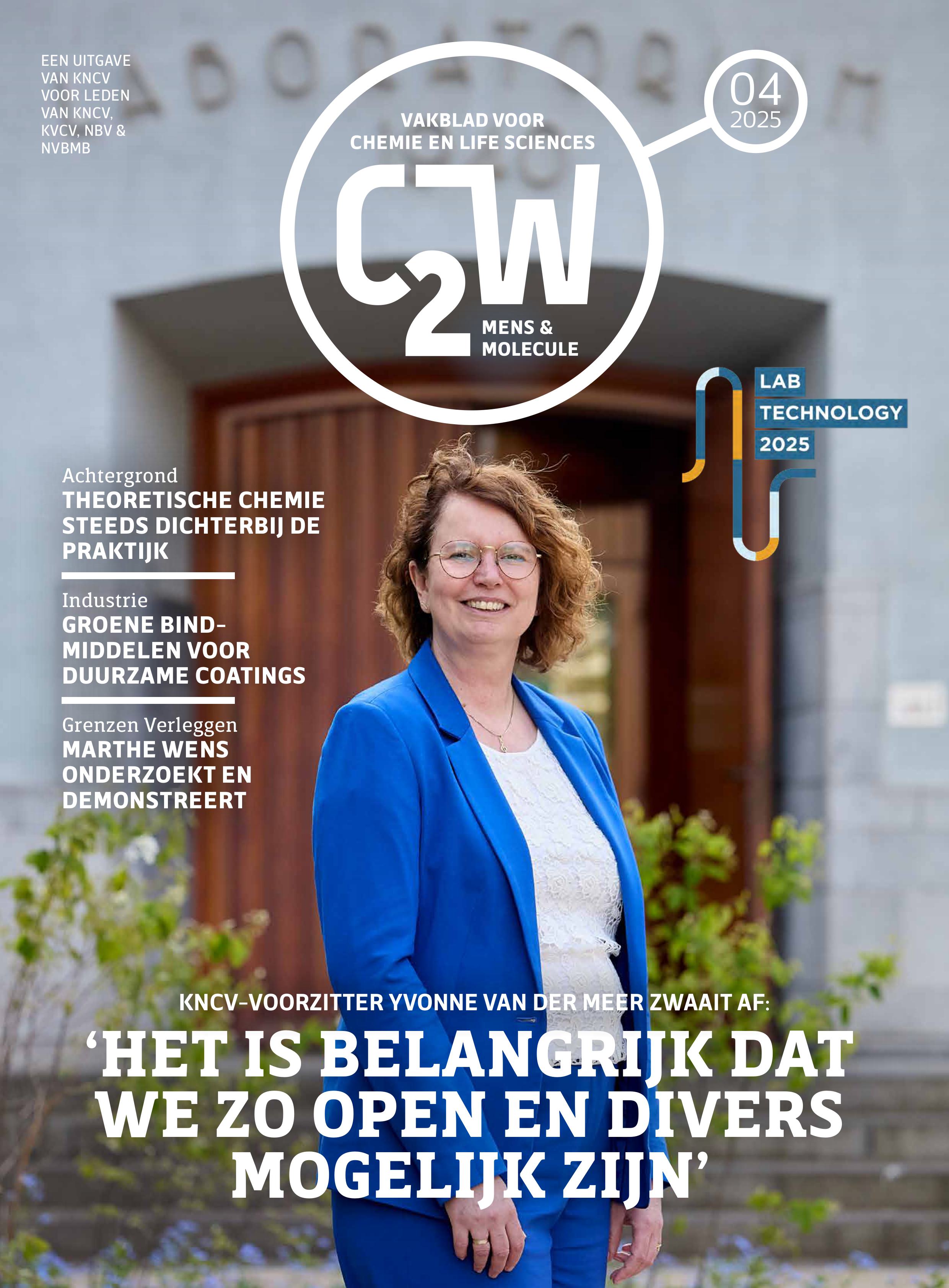Would you like to add an event to this list? Simply register your event using this form.
A critical assessment of the proxies, archives and techniques available for high-resolution palaeoclimate reconstruction

Category
Ph D Defense
Date
2019-02-22 16:00
Venue
Vrije Universiteit Brussel, Brussels Humanities, Sciences & Engineering Campus, promotiezaal D2.01 - Pleinlaan 2, 1050 Elsene
Brussel, België
Brussel, België
Promovendus/a: Niels de Winter
Promotor(en): Prof. dr. Philippe Claeys
Reconstructions of climate in the past teach us about climate variability during various periods in Earth’s history. While many palaeoclimate studies have focused on climate reconstructions over long timescales (thousands to millions of years), the effect of climate change on short-term (years to decades) variability must be better understood to improve our models for future climate change. In order to obtain a more complete understanding of high-resolution climate variability during more extreme climates, we need to look at climate variability millions of years in the past (in deep time). The shells of bivalves and the enamel of fossil teeth are ideal candidates for this purpose. The research presented in this thesis takes a critical look at the potential of teeth and shells for preserving their original chemical composition in the fossil record, and how chemical proxies in these archives can be used as a proxy for climate.In order to test chemical proxies in shells and teeth for climate reconstruction, multi-proxy studies were carried out on modern and fossil specimens. The combination of multiple proxies on the same archive allowed isolation of the effect of various climate parameters on chemical proxies in the archives. More importantly, such proxy comparison studies shed light on the link between climate, environment and chemical proxies in shells and teeth, such as trace element concentrations. The multi-proxy approach was applied on shells from different species of bivalve and vertebrate teeth to test whether links between proxy and environment are different between species. These studies allow the abundant fossils of extinct groups such as rudist bivalves to be used for high-resolution palaeoclimate research.Several new techniques and measurement strategies for obtaining high-resolution climate data were developed within the scope of this research. The new microXRF technique was applied for screening carbonate samples for diagenetic alteration and for quantitative trace element profiling. State-of-the-art trace element and stable isotope measurements were combined in a multi-proxy approach to solve our questions about high-resolution climate change in the past.All Dates
- 2019-02-22 16:00
Powered by iCagenda

